Wangechi Mutu, Histology of the Different Classes of Uterine Tumors (12 works) (2004–05)
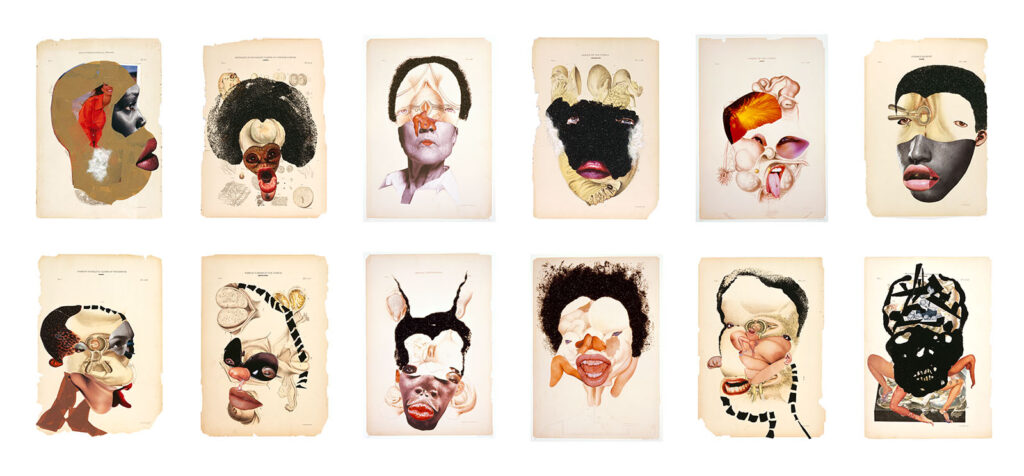
Wangechi Mutu, Histology of the Different Classes of Uterine Tumors (12 works) (2004–05) Series of twelve collages on found printed medical illustrations, including printed paper, glitter, ink, adhesive tape and fur. © Wangechi Mutu. Courtesy of the artist – Wangechi Mutu works expansively across sculpture, film, collage, performance, drawing, and painting. In dialogue with Afrofuturism, […]
XICONHOCA, THE ENEMY
XICONHOCA, ‘THE ENEMY’ Cartoon published by the Mozambican Liberation Front’s Office of Mass Communications in 1976 – Xiconhoca: this figure was created by the post-revolutionary socialist state as a key means of mobilising moral and political critique of corruption in the service of the new postcolonial nation. It had a second life in the era […]
Stomach Infrastructure
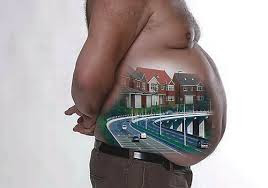
Stomach infrastructure – In Nigeria, “Stomach infrastructure” is a term that came to prominence following the campaign for the governorship of the province of Ekiti State in 2014, when Ayodele Fayose won a controversial election after promising to provide ‘stomach infrastructure’ by using funds intended for other purposes to end hunger. It is claimed—though not […]
My culture

My culture Oil painting by Themba Siwela, South African artist. – Achille Mbembe, in his classic text “On the Postcolony,” showed how public art forms have been important sites of critique and commentary that reveal the form and nature of power and its operations in postcolonial African societies. This kind of analysis of art is […]
Mun (Mursi) belly painting
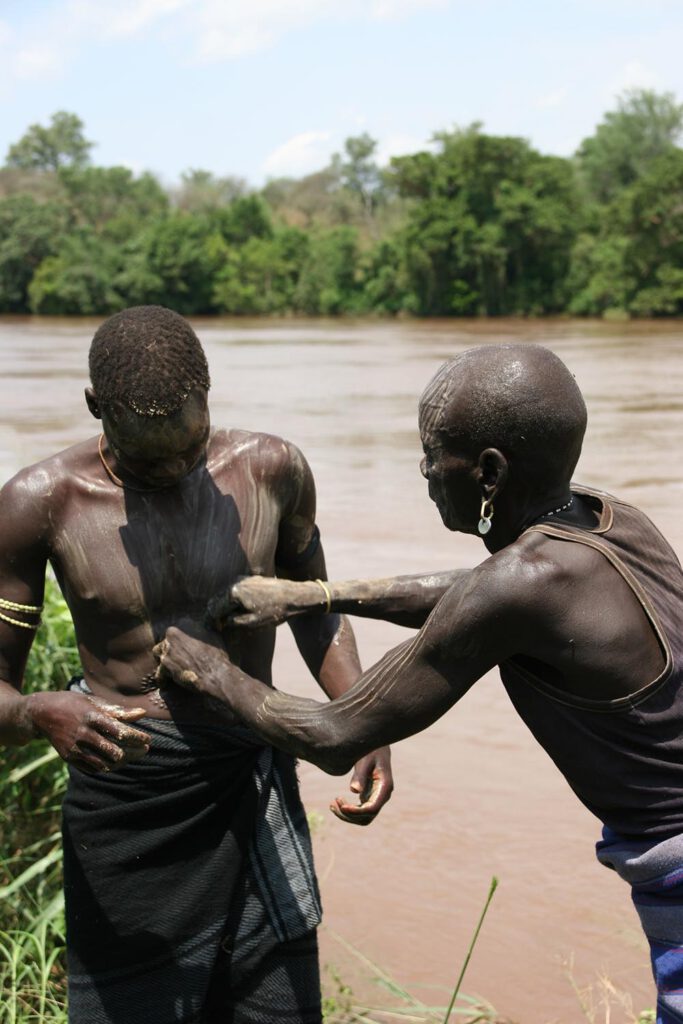
Mun (Mursi) belly painting Mun (Mursi) belly painting Photographer: Kate Fayers-Kerr – Mun Mursi belly painting: the Mun (Mursi) use mud and clay as a technique for grounding self and society in social, political, and cosmological space and order. Fayers-Kerr has persuasively shown how Mun painting and ideas about eating earth are closely connected to […]
Nkisi power figure: “Mavungu”

Nkisi power figure: ‘Mavungu’ Held in the Pitt Rivers Museum, Oxford. 1900.39.70. Figure carved of wood and painted, studded with iron nails and implements; a ‘power figure’. [JC 27/9/2001] – Kongo nkisi: nkisi are controversially known as “nail fetishes” and famously trouble the Western concept of “animism” and African religion. The concept of the fetish […]
Umuthi wenyongo
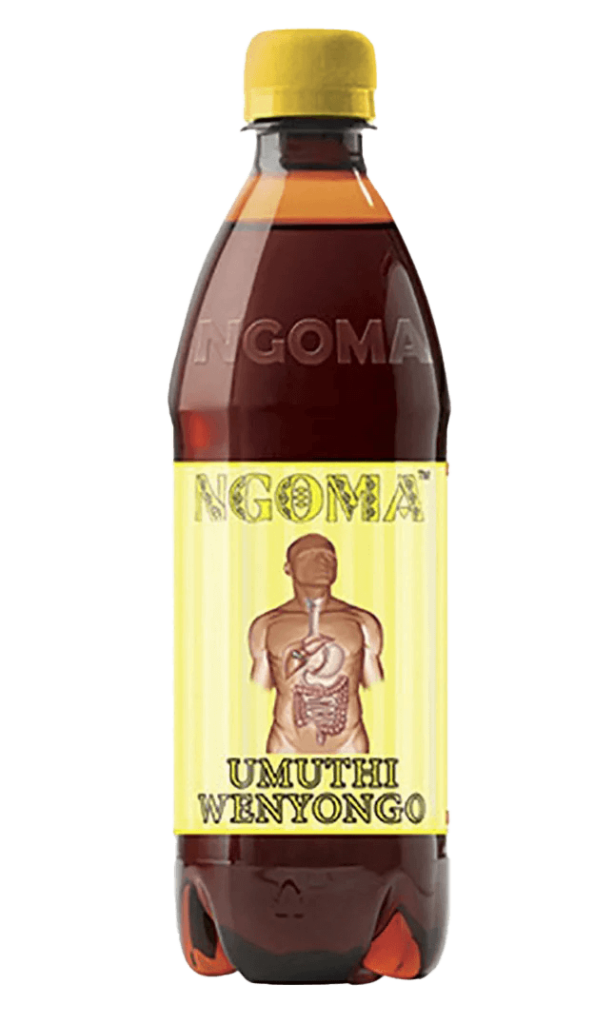
A B Umuthi wenyongo A bottle of healing medicine manufactured by a company trading as 3Sixty Herbal Health, with a product line called “Ngoma”. “Umuthi wenyongo” is an isiZulu term for “herbal medicine of bile”. – Umuthi wenyongo: these ideas about pollution and purging of the gut are very old in southern Africa, and yet […]
Canopic Jar Representing the Deity Qebehsenuef
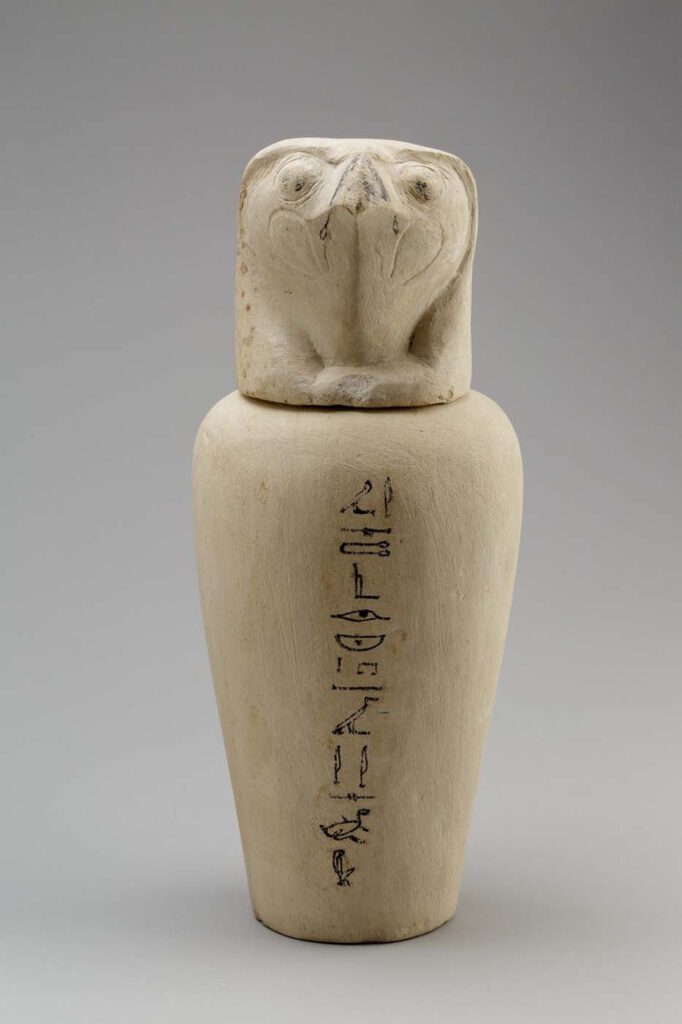
Canopic Jar Representing the Deity Qebehsenuef Photo: Metropolitan Museum of Art – During mummification, the internal organs (excluding the heart, which was generally left in place) were taken out of the body and placed in special containers known in Egyptology as canopic jars. Traditionally, the four canopic jars were connected to four mythological figures known […]
Wall scene from tomb of King Ramesses III
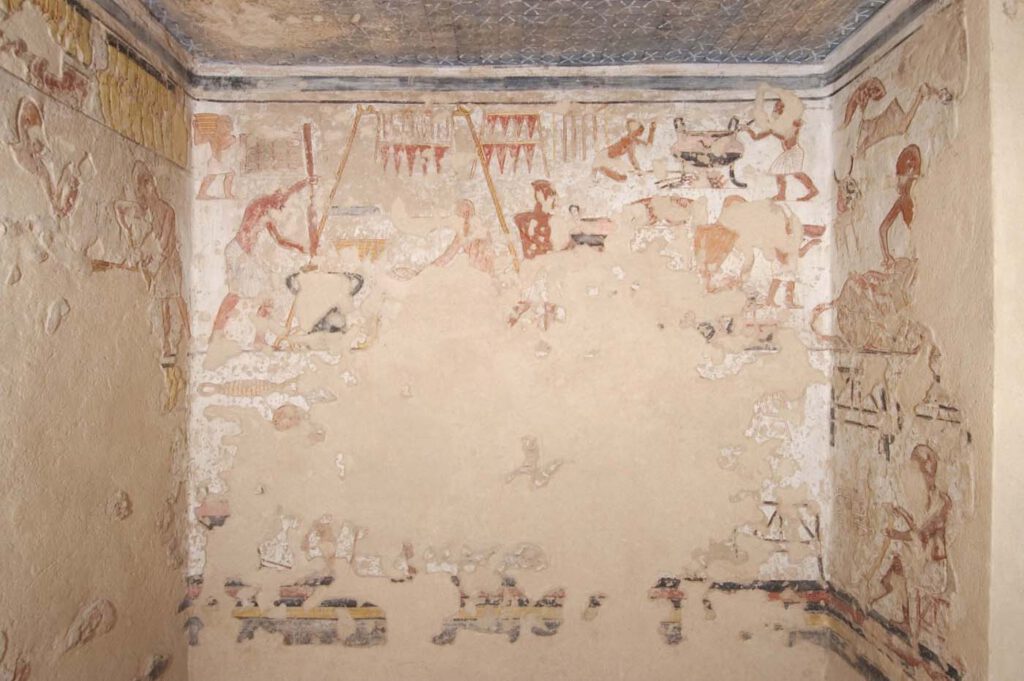
Wall scene from tomb of King Ramesses III (KV11) Photo: Matjaz Kacicnik, Theban Mapping Project – The fragmentary wall decoration of this chamber depicts butchery and cooking activities connected to the funeral or mortuary cult of the tomb’s royal owner. On the right wall a man is seen butchering a bound ox, while the back […]
Hieroglyph from the obelisk of Thutmose III

Hieroglyph from the obelisk of Thutmose III at the Constantinople Hippodrome Wikimedia Creative Commons (CC BY-NC-SA 4.0) – The hieroglyphic sign F46 depicts coiled intestines, abstracted to the point of forming a regular, oblong spiralling shape. As with other internal organs used in Egyptian iconography, the intestines depicted are almost certainly those of an animal, […]
